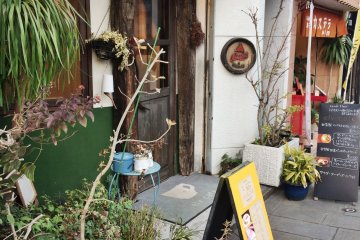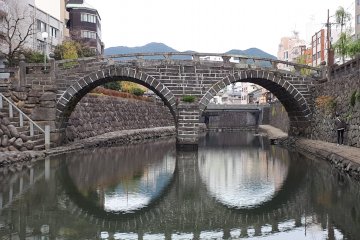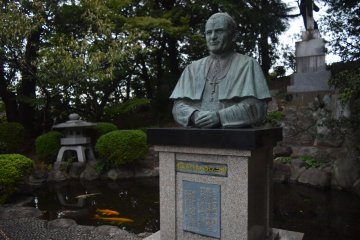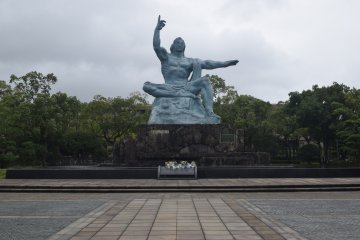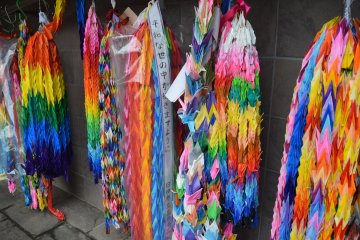There are many great destinations across Japan for history buffs, but Nagasaki City has a large number of historical spots in a compact area. For those visiting the area in the future, this guide covers five places where you can learn more about the city's past in the present.
Nagasaki Museum of History and Culture
A fascinating spot to get a glimpse into times gone by is at the Nagasaki Museum of History and Culture. The museum has a range of different displays and artifacts to view, and an impressive number of hands-on activities so that you can get a better understanding of how the city came to be what it is today.
As well as the permanent exhibits, the museum regularly offers limited time only exhibitions, so it's worth checking their website before you visit to see if there's something extra that may interest you.
1 Chome-1-1 Tateyama, Nagasaki, 850-0007

Glover Garden
If you appreciate gardens, architecture, or stunning views, a visit to Nagasaki's Glover Garden is worth your time. The garden is perched high up on a hilltop, giving visitors some fantastic vantage points to see the city from above.
The site is where the Scottish merchant Thomas Glover built his home back in the 1800s. There are many examples of Western inspired architecture on the garden grounds, and visitors can head inside the buildings to explore them up close.
8-1 Minamiyamatemachi, Nagasaki, 850-0931

Ōura Cathedral
With a history dating back to 1864, Ōura Cathedral is said to be the oldest church in all of Japan. It was designated as a National Treasure in 1933, and received UNESCO World Heritage status in 2018 as part of the Hidden Christian Sites in the Nagasaki Region. Hidden Christians, as the name suggests, were those practicing Christianity in secret – the religion was banned by the Tokugawa Shogunate from 1614 until 1873.
5-3 Minamiyamatemachi, Nagasaki, 850-0931

Nagasaki Peace Park
A destination to remember and reflect on the city's atomic bombing in August 1945, the Nagasaki Peace Park is located close to the hypocenter of the event. The park's symbol is the 10 meter high peace statue, with one hand pointing skyward to highlight the threat of nuclear weapons, and the other hand extended to the left to symbolize eternal peace.
9 Matsuyamamachi, Nagasaki, 852-8118

Dejima
Serving as a window to the city's trading history, Dejima was once the place that connected Japan to the outside world. This artificial island was constructed in 1636 for Portuguese and then Dutch merchants, and operated in that capacity up until 1859. These days, visitors to the area can get a glimpse into what that period of time would have been like – a variety of buildings have been recreated as they would have been back in that timeframe, and many of them house different Dejima-related historical exhibits.
6-1 Dejimamachi, Nagasaki, 850-0862





